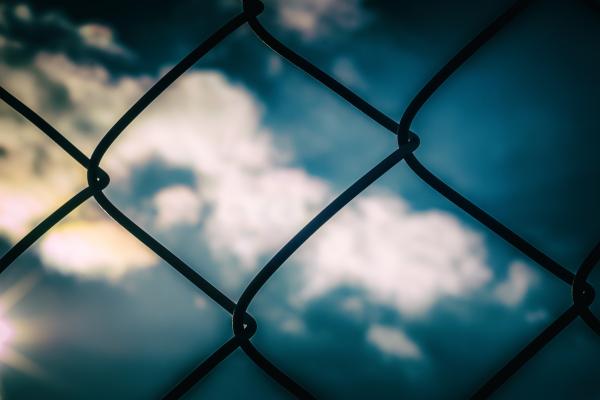I walked across the school yard and through the ominous painted doors of St. Athanasius Elementary School for the first time. My mother and I had walked hand in hand the long city block from home to the school, across the school yard, through the entrance, down the hallway, heels now echoing against linoleum and lockers as the smell of chalk and mimeographed copies wafted from each classroom we passed.
We entered my second-grade classroom where I was greeted by the teacher who told me to take my seat four heads from the front. That seat was my second home for half of every day for a year.
I had high hopes for second grade. At the very least, I hoped it would be safe. It wasn’t.
The girl who sat behind me demanded 25 cents per day to be my friend — or else. But worse, the white woman charged with teaching our classroom full of African-American children ruled us as if we were in her military camp … or worse… prison.
My teacher once punched me in the back because I forgot to hand in an assignment — in second grade.
Now take that single act of aggression and magnify it: a punch in the back becomes a suspension, an expulsion, or an arrest. Then systematize it. Call it a “Zero Tolerance” policy and spread it across 90 percent of schools in the United States. Then apply the policy inequitably, such that African-American children are punished at higher rates and more severely than white children. That is what happened when the culture of severe punishment promoted by the Tough on Crime movement permeated education systems throughout the 1990s. The culture became the entrenched norm in the wake of the Columbine massacre of 1999.
Originally instituted to address weapons, drugs, and violent acts, Zero Tolerance policies quickly morphed into a widely accepted approach to achieving control in the classroom; meeting any and all forms of disobedience with swift and severe counter-action.
This seems reasonable in the face of Columbine, but add to the mix racial implicit bias. Implicit biases are unconscious beliefs shaped by unchecked messages received over time from media, social structures, and limited personal encounters.
Now imagine the impact of 200 years of seeing black people confined on plantations, walking in public squares in chains. Consider another 100 years of seeing black men, women, and children lynched or working chain gangs in black and white stripes on the side of the road. Imagine 300 years of that societal structure on the development of unconscious belief about a people: They must be inherently criminals.
Implicit bias does not ask why. It only takes surface observation and draws lines of quick logic: These circumstances are reserved for criminals. Therefore, these people are criminals.
How does this quick logic play out in the classroom? Here’s how:
- According to a study by the National Center on Educational Statistics, in 2006, 3.3 million students were suspended or expelled. Fewer than one in 10 were for violent offenses.
- In the same year, 15 percent of black students were suspended vs. 5 percent of white students. Meanwhile, .5 percent of black students were expelled versus .1 percent of whites, according to the same study.
- A 2008 report by the American Psychological Association revealed that while African-Americans weren’t more likely to exhibit violent behavior, they were more likely to be given more severe penalties for less serious reasons.
- Likewise, the same report noted that the confluence of the Tough on Crime movement and Zero Tolerance policies may be increasing the use of profiling in the classroom and has moved schools toward calling on the juvenile justice system to settle matters that typically would not have been considered dangerous or threatening before.
I can’t help but think of Michael Brown. The same spirit that assumes criminality in the classroom assumed criminality on his street in Ferguson, Mo. The 18-year-old had graduated from high school and would have attended his first day at Vatterott College, a local trade school, that Monday. Instead, he jumped straight from school to execution at the hands of Darren Wilson.
Reform is possible. It begins with acknowledging the biases in our subconscious, rejecting them, and finally embracing the image of God — the essence of human dignity — in all people. As a result, we might examine our education system and ask how has our implicit bias shifted funds toward children we considered more human? How can we correct that now? We might ask how we might shift from a policing approach to that of a mentor; one who encounters children in the classroom with compassion, empathy, engagement in their lives and individual circumstances.
Rev. Tommie Pierson of Greater St. Mark’s Missionary Church just outside Ferguson, reminded me in an email: “Acts [6] Acts gives us a prime example of how to choose people through our vote that represent our interests and people who will serve us.” We might ask how we can exercise our votes to put leadership on school boards, city councils, and in mayor’s offices — leadership that holds these values and sees all children as equally human — equally created to lead.
Lisa Sharon Harper is Senior Director of Mobilizing for Sojourners and co-author of Forgive Us: Confessions of a Compromised Faith– forthcoming September 2014, Zondervan.
Image: Atomazul / Shutterstock.com
Got something to say about what you're reading? We value your feedback!
